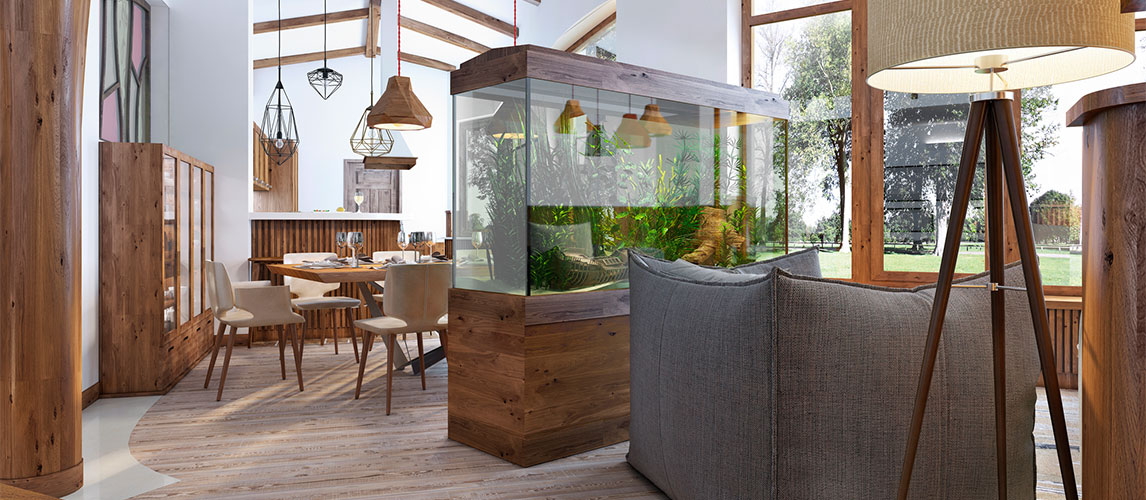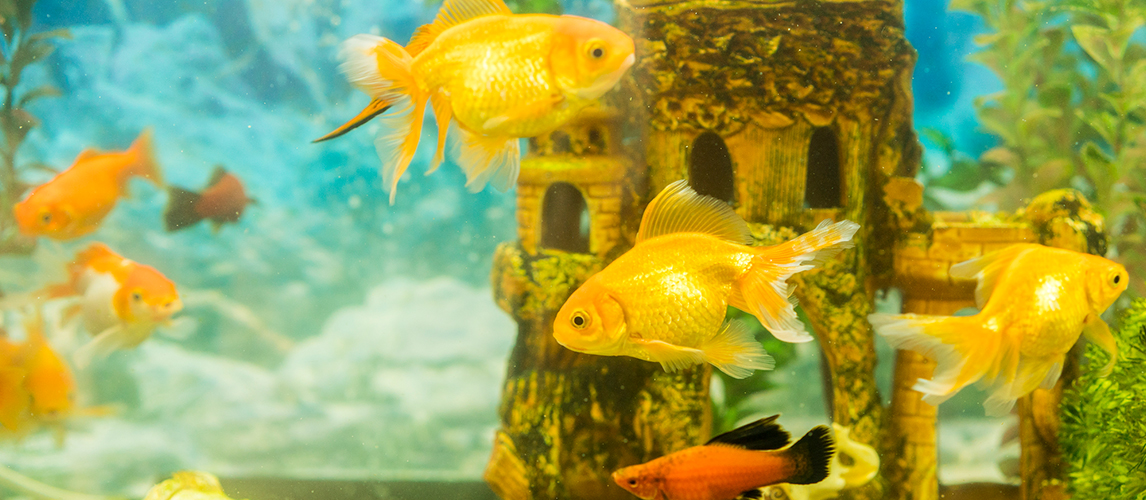Goldfish have to rely on our understanding of their unique needs for them to really thrive. And in case you have this idea that goldfish only live a few years, with the proper care, they can outlive your dog more than two times. Yes, the oldest gold fish in the world happens to be a 45-year old Goldie. That’s more than 3 times the average lifespan of dogs. But the key here is proper care. If you’re interested in getting goldfish as your pet, then this is the right place for you.
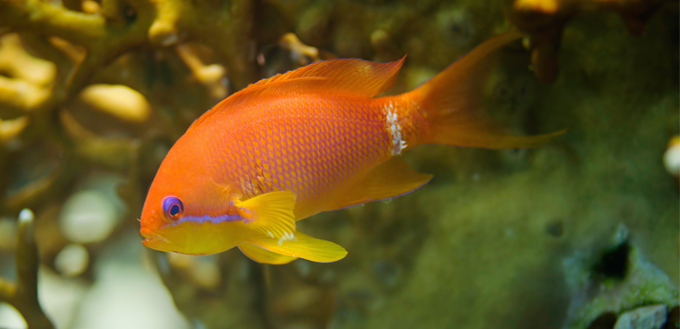
Picking the Right Goldfish
Even before you start thinking about getting the best goldfish tank, it is important to consider just what kind of goldfish you wish to make as a pet. There are two general types of goldfish: hardy or single-tailed and fancy or double-tailed.
Hardy goldfish types like the Common, Shubunkin, and Comet typically start out small, but can grow up to a foot long. The longest goldfish is 15 inches, caught off the waters of Lake Tahoe. That being said, putting these fishes in a fish tank is not really a good idea since they can easily crowd even the largest tank. It is for this reason that hardy types of goldfish are best put into ponds.
The other type of goldfish, the fancy, is generally smaller. However, don’t ever think that they don’t need sufficient space either. To give you an idea, a single fancy goldfish like the Fantail, Oranda, Veiltail, Black Moor, and Lionhead, just to name a few, will require 20 gallons of water to swim around in. These types of goldfish can grow up to 8 inches in length. This means you have to start discarding the conventional notion that goldfish should be kept in fish bowls.
Picking the Right Fish Tank
The best goldfish tank is one that allows your fish to swim as freely as it can, allowing it to thrive and reach its maximum growth potential. While we have been fed with the idea that goldfish will do exceptionally well in a small fish bowl, this is never the case if we want them to grow and live long.
Fish tanks are classified according to their capacity to hold water. The minimum size of a fish tank for hardy goldfish variants is 40 gallons while fancy goldfish will require a minimum of 30 gallons. The current formula is 20 gallons for the first fancy goldfish or 30 gallons for the hardy types. For both types of goldfish, an additional 10 gallons is needed for every fish that is added.
Since goldfish are community fish – meaning they thrive when they have another goldfish swimming with them – the minimum number of goldfish that you can make as pets is 2. As such, adhering to the formula, you will need 20 gallons plus 10 gallons for 2 fancy goldfish. Likewise, you will need 30 gallons plus 10 gallons for 2 hardy goldfish. This makes the minimum fish tank size to 30 and 40 gallons, respectively.
Following the same logic, if you are looking to have 10 fancy goldfish, then the minimum size of fish tank you need to have is 110 gallons. If it’s 10 hardy goldfish, then you will need a 120-gallon fish tank at the very minimum.
Not getting the correct size of fish tank can retard the growth of your goldfish. Their nitrogenous wastes are also not managed easily, turning the water into a toxic environment where your fish can get sick and die. This is the reason why many goldfish in fish bowls don’t grow to their optimum size and don’t live long enough. In case you didn’t know, goldfish can live up to an average of 30 years if well taken care of. And that includes having plenty of space to swim in and thrive.
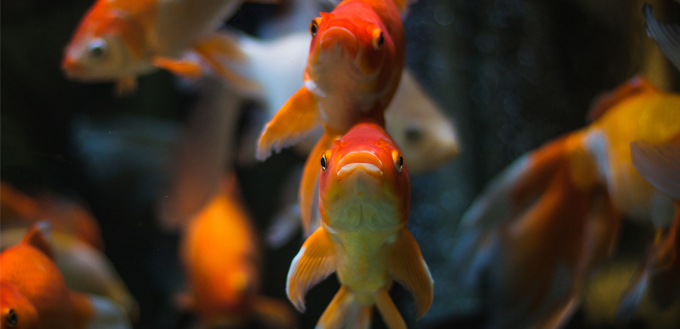
Get Your Fish Tank Supplies
Once you’ve chosen the right size of fish tank for your specific type of goldfish, you can start looking at preparing the miniature ecosystem that your aquatic friends will be thriving in.
Filters are important not only in keeping the quality of water safe for your fish, but also for providing a mechanism upon which beneficial bacteria can grow. These microorganisms can help convert the nitrogenous waste products from goldfish into harmless, non-toxic substances.
A heater is also needed to help maintain the ideal temperature of the water and stabilize it. Changes in water temperature can substantially cause stress to your fish. Equally important is an aquarium light since you will also be adding aquatic plants into your fish tank. Your goldfish can also benefit from the artificial light by simulating their natural environment.
It is better to put sand substrate into your fish tank rather than gravel as goldfish can choke on these small pebbles. Aquarium sand can also provide your Goldie something to forage in while also simulating the natural bed of the seafloor. Live aquatic plants will really look lovely in your goldfish fish tank. These can also serve as hideaway places for your fish. Just watch out for certain aquatic plants that are not really that friendly to goldfish.
Bubble walls are always a good addition to the best goldfish tank. Your Goldie will need a good supply of oxygen and bubble walls are a great way to improve overall oxygenation in the tank. It can make your fish tank livelier, too.
Preparing Your Goldfish for Its New Home
Wherever you got your goldfish from, it is imperative that you quarantine it first. This means you will need to place it in a cycled tank (not your main fish tank) so that it can rest well. This will also give you the chance to treat any disease that it may have contracted from the pet store or from wherever it is you got it from.
Remember that you got this fish at a place where it stayed with other fish. Suppose one of these aquatic creatures is already sick before you even bought your Goldie, there’s a chance that your Goldie may have already been affected but isn’t showing any symptoms yet. As such, quarantining your fish prior to its introduction into its new home is important.
While quarantining your goldfish, you need to treat your main tank. If you’re using tap water, then it may contain chemicals like chlorine and chloromines. As such it is imperative that you treat it with an appropriate water conditioner.
When you’ve prepared its new home, it’s time to bring your Goldie in. Don’t remove it from its plastic bag. Just let the bag float in the water for about 20 minutes or so to make sure that the temperature between the water in the bag and the water in the fish tank is the same. Now, open the bag and gently scoop the little fellow with your clean hands. Then release it into the tank.
Learning How to Feed Your Goldfish
The first 24 hours after introducing your Goldie to its new home is critical. If it has been shipped recently, you don’t want to feed it for the first 24 hours. Once you start feeding it, it is imperative that you go slow and feed sparingly. This is to help avoid disrupting the quality of the water.
Picking the best goldfish food can be real tricky. Some choose flakes. These typically float on the surface of the water. Unfortunately, they disintegrate rather quick, leaching their ingredients into the water really fast. This can upset water quality and can lead to health issues in your goldfish.
Gel food or pellets are generally considered as the best goldfish food as these don’t drastically change the chemical composition and quality of the water. These also come complete with all the nutrients that goldfish need, including digestible proteins and fats. If you can get a variety that sinks to the bottom, this is much better.
While commercially-available goldfish foods offer good nutrition for your aquatic friend, they’re not complete. Pellets don’t have fiber. As such, you may want to add spinach, kale, lettuce, or any other fibrous veggie into their diet.
Whatever you do, don’t overfeed your goldfish.
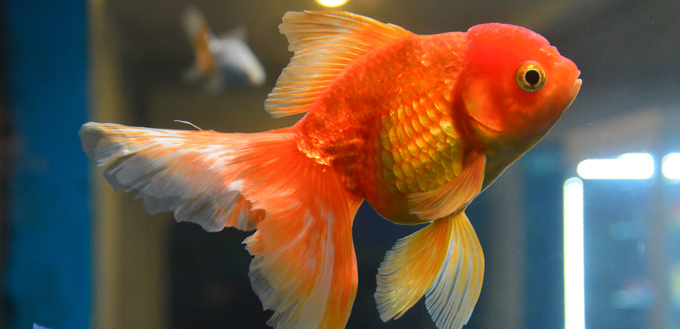
Other Things You Need to Do to Care for Your Goldfish
It is important to change the water in the tank on a regular basis. You may have a filter in place, but it simply cannot get rid of toxic substances completely. That’s why you will need to replace a certain percentage of the fish tank water. You can use an aquarium siphon to draw water from the tank.
You will also need to regularly check the water for certain characteristics such as pH, temperature, and the levels of nitrates, nitrites, and ammonia as well as other water quality indicators. There are water test kits that you can use to ensure your goldfish is swimming in safe water conditions.
Lastly, you will have to learn how to tell if your goldfish is sick. More importantly, you will need to know how you can help your goldfish recover.
All pets require our utmost care for them to thrive and not only survive. If you happen to be interested in getting a goldfish for a pet, just adhere to this guide to help you become a good goldfish pet parent.
You may also like our article on: Dropsy in Fish – Causes, Symptoms and Treatment
Sources:
- How to Take Care of a Goldfish, PetMD
- Caroline Golon, Your First Fish: Happy, Healthy Goldfish Require Diligent Care, Vetstreet
- Doug Ludemann, How to Take Care of Goldfish, wikiHow


